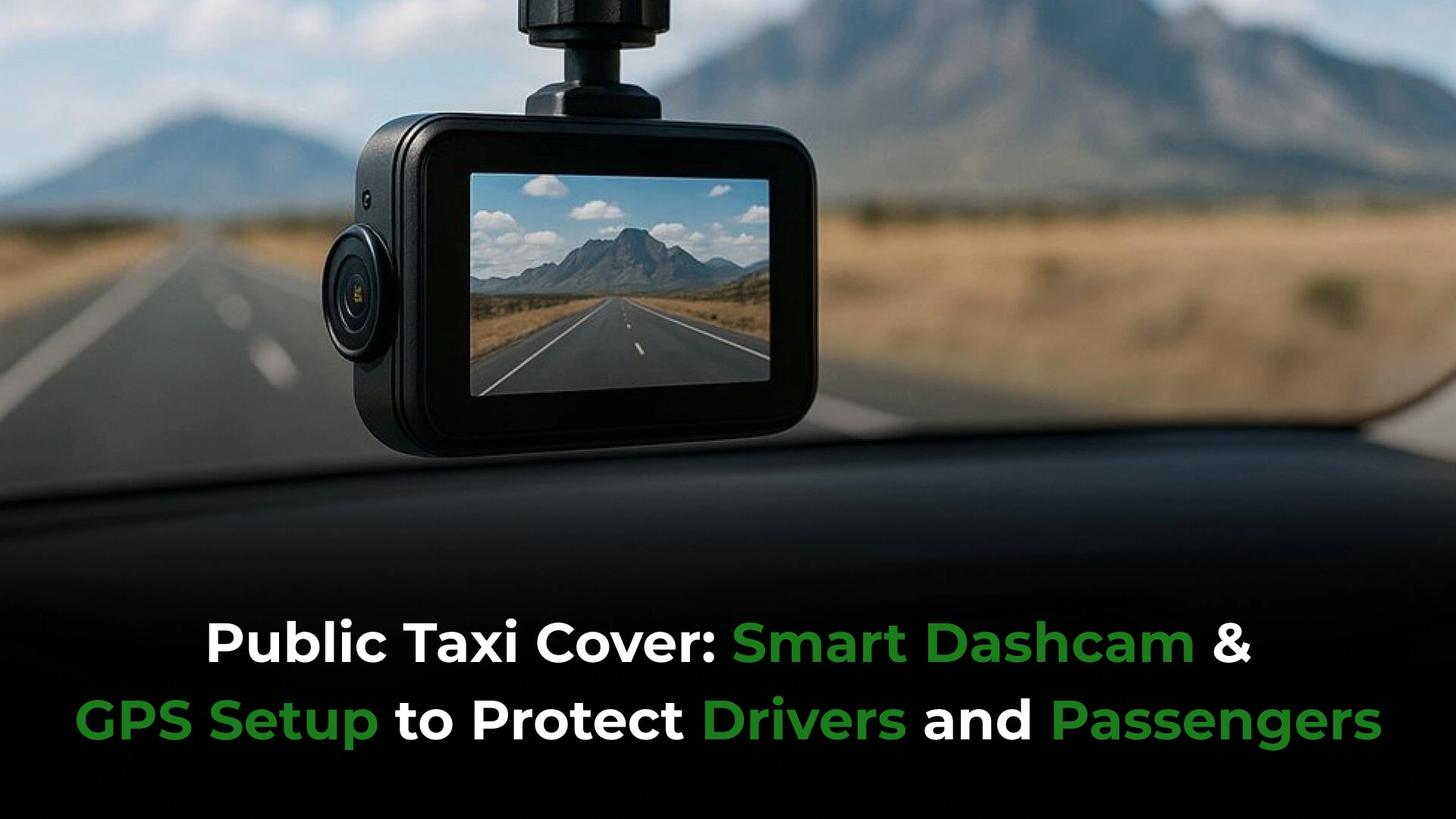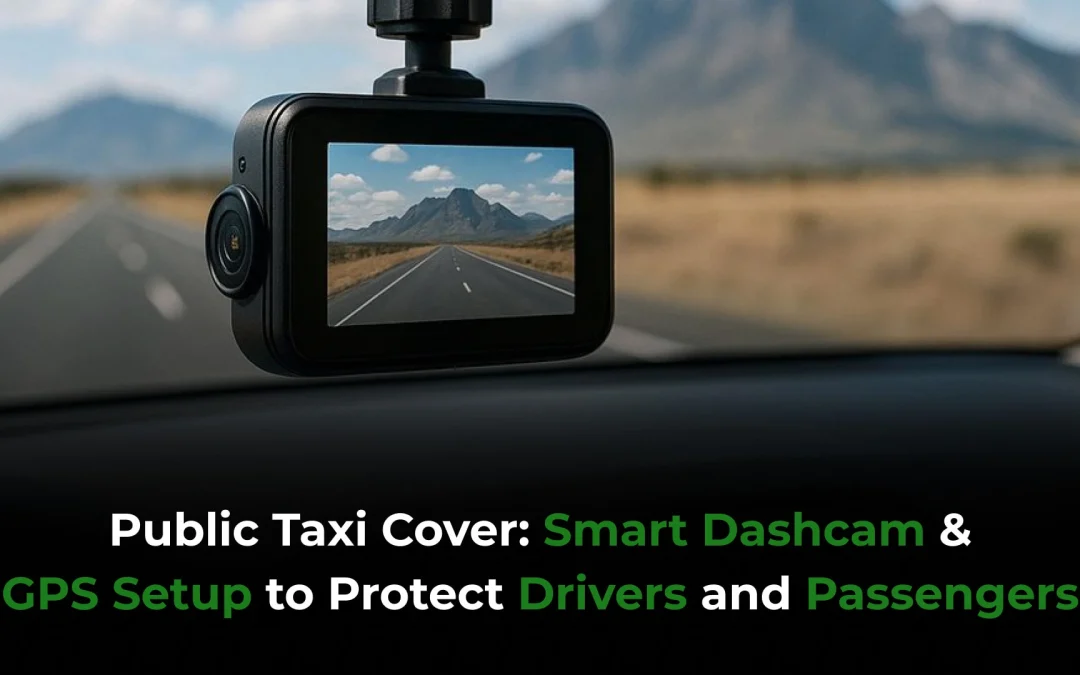Public Taxi Cover: Smart Dashcam & GPS Setup to Protect Drivers and Passengers


What “cover” looks like in the real world
On the street, Public Taxi Cover is about keeping a professional service up and running with less faff. Ride Secure speaks directly to taxi operations in Australia—supporting Cover Claims, Vehicle Replacement, and categories like Public Taxi Cover, Private Taxi Cover, Fleet Cover and Chauffeur Cover—so your admin lives in one place while you focus on safe, reliable trips. Pair that with dashcam for taxis and taxi GPS, and you’ve got a setup designed for clear records, quick decisions, and fewer headaches.
Why cameras and GPS matter even more in Australia
Multiple states set expectations for taxi security systems. In NSW, approved security camera systems, vehicle tracking and duress alarm capability are part of the landscape for taxis operating in defined districts—practical tools aimed at driver and passenger safety.
Victoria maintains specifications for commercial passenger vehicle security cameras and limits who can access images—reinforcing that recordings exist to support investigations, not for casual viewing.
Queensland details requirements for approved security camera systems in personalised transport vehicles operating in certain areas, including expectations around image and audio recording.
Western Australia sets Camera Surveillance Unit (CSU) Standards 2020 for vehicles doing rank-and-hail work. If you’re operating there, your taxi security camera needs to meet those standards and be kept in working order.
The upshot? A smart taxi dashcam and GPS tracker aren’t just nice add-ons; they’re central parts of a modern taxi’s safety toolkit and a powerful complement to Public Taxi Cover.
Core pieces of a modern taxi safety setup
Dual-facing dashcam for taxis
GPS tracking for taxis
Duress alarm for taxis
Telematics coaching
Set-up checklist: a practical, taxi-first approach
Day-one essentials
Quick cab checks (make it part of the walkaround)
Weekly routines
The “incident evidence pack”: save time, reduce friction
Tagline: evidence wins the day—lock the clip, pin the spot, write it down
Data, privacy and practical boundaries
Every jurisdiction has its own guardrails. In Victoria, only authorised officers can download images from taxi security cameras; that restriction keeps sensitive footage tight and purpose-driven. In Queensland, approved systems have defined technical requirements, including audio capture in certain conditions. Check your local regulator’s guidance and configure your dashcam with GPS accordingly.
Smart configuration tips for everyday reliability
How the tech complements Ride Secure
Ride Secure’s emphasis on taxi-specific cover—spanning Public Taxi Cover, Private Taxi Cover, Fleet Cover, Chauffeur Cover, plus Cover Claims and Vehicle Replacement support—aligns with a practical dashcam and GPS setup. Their materials even suggest logging dashcams and GPS in the fleet register and carrying a glovebox incident card so drivers can act fast under pressure. When your evidence pack is clean, the conversation around next steps moves faster.
Tagline: drive professionally—let your records speak for you
Picking the right stack: questions to ask
A quick word on culture: tools only work when people use them
Bring it together: a simple, reliable playbook
Key takeaways
